Porsche 918 Spyder 2014
quanto ti piace la Porsche 918 Spyder 2013?
50 voti
-
1. quanto ti piace la Porsche 918 Spyder 2013?
-
• Molto28
-
• Abbastanza15
-
• Poco3
-
• Per niente2
-
- Si prega di accedere o registrarsi per votare a questo sondaggio.
-
Contenuti simili
-
Porsche 718 Cayman e Boxster 2027 (Spy) 1 2 3 4 11
Pubblicato da Beckervdo,
- 718 boxster
- boxster ev
- (e 13 altri in più)
- 100 risposte
- 24000 visite
-
Micro Microlino 2.0, Lite, Spiaggina & Spider 2022 1 2 3 4 13
Pubblicato da MotorPassion,
- 128 risposte
- 38842 visite
-
- 0 risposte
- 433 visite
-
-
-

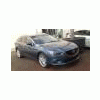

.jpg.0a9ff73d7a7ad09550fc411cda37bc7c.thumb.jpg.095392f5d8b6dc45c10ccf463694d027.jpg)


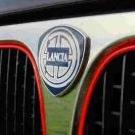
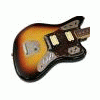
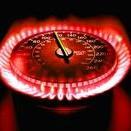


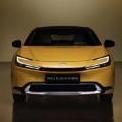
.thumb.jpg.902d2a4f20a129e92b6f6920407b81bd.jpg)






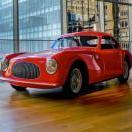












Messaggi Raccomandati:
Crea un account o accedi per lasciare un commento
Devi essere iscritto per commentare e visualizzare le sezioni protette!
Crea un account
Iscriviti nella nostra community. È facile!
Registra un nuovo accountAccedi
Sei già registrato? Accedi qui.
Accedi Ora